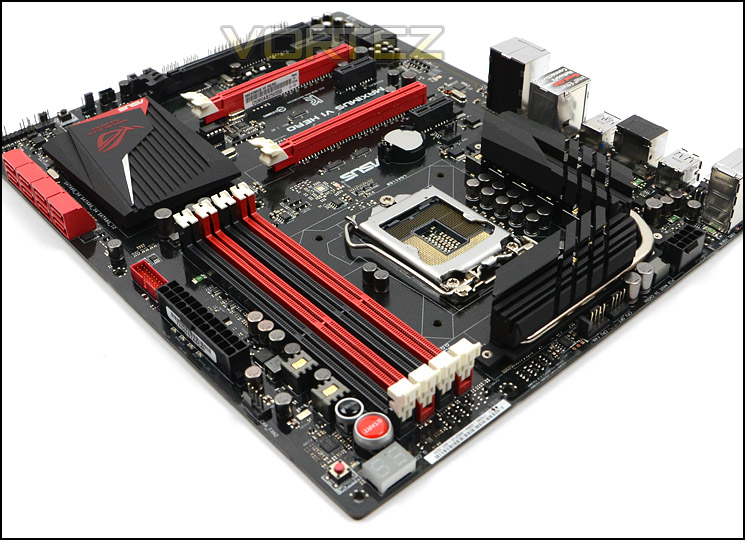Late last year my PC decided it’s time has come and it was time to kick the bucket. After a catastrophic SSD failure, constant freezing and more babysitting and troubleshooting than I’d like to care for, I replaced the motherboard, CPU, RAM and SSD with parts from another workstation within the company. The motherboard in question was fine enough in its own right, with the same CPU (Intel I5-2500K) as my previous setup, 8 gigs of DDR3 and plenty of SATA 3 ports to go around, my use case certainly qualifies as “on the edge.” By day, I am a content creator. I edit videos, write articles, come up with ideas, get writer’s (and video editor’s) block, edit podcasts, test software & hardware for reviews and more. When I am not creating content, my PC is used for serious and competitive-oriented gaming alongside the regular browsing, emailing and social media-ing habits of a nerd. The motherboard on my replacement system was Micro-ATX, which is not a problem in and of itself but it did come with a fairly significant and relevant drawback: There was only one PCI-E x16 slot and two x8 slots, one of which is blocked by my video card as most modern high-end video cards are approximately the size of a VCR player. I considered divvying up my work rig and my gaming rig but as someone who works from home, this is both redundant and a waste of electricity. This means that in one rig, I need my gaming-ready video card (currently a Radeon 6970), a sound card (onboard doesn’t cut it for any relatively advanced mixing) and the ability to add in a capture card if needed, which can’t be done on nearly any Micro-ATX board due to there...

